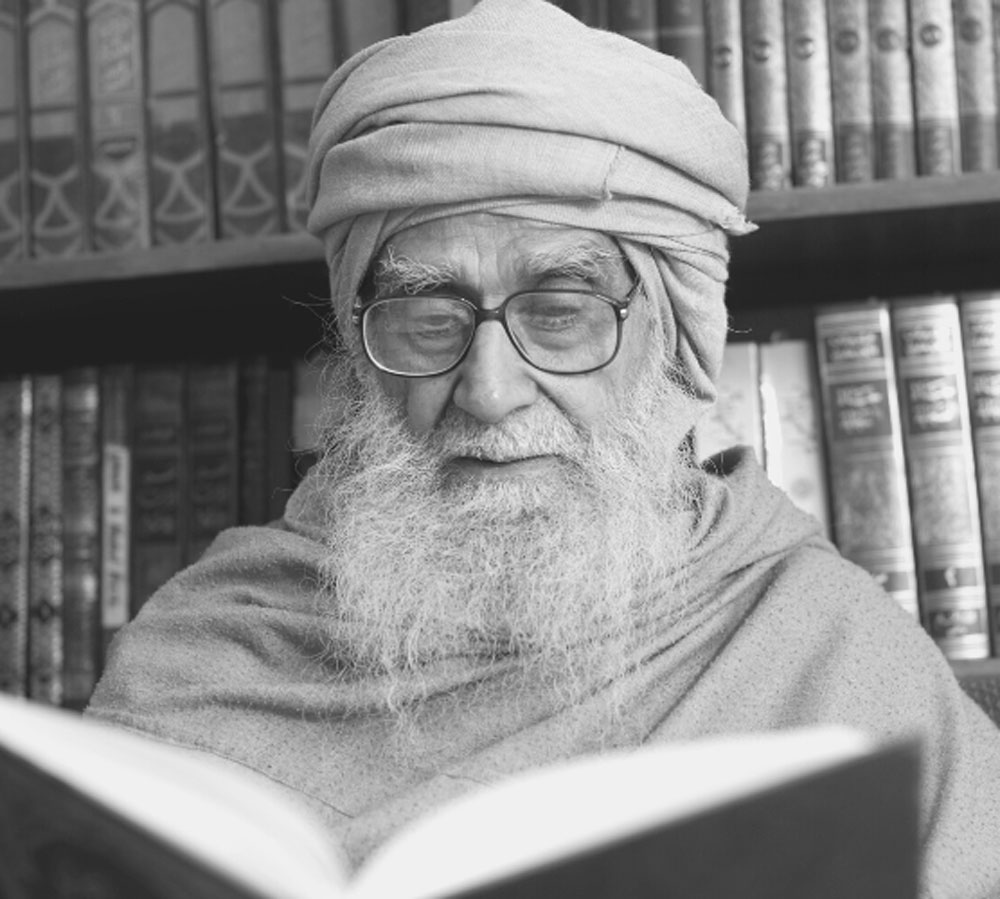THE SOLAR SYSTEM
The astronomer who is said to have studied the solar system and presented the heliocentric theory for the first time was a Greek, known by the name of Aristarchus of Samos. He died in 270 B.C. However, this theory of the sun being at the centre, and of the earth revolving around it, never gained popularity in those early times.
Then came the age of Ptolemy, who lived in the second century A.D. Ptolemy’s astronomical system represented the earth as the fixed center of the universe, with the sun and the moon, and other stars and planets revolving around it.
This geocentric theory of the universe appeared to be in conformity with the beliefs the Christians had developed after Jesus Christ. These beliefs were given the final seal of approval at the famous Church Council held at Nicaea, a city in Asia Minor, in A.D. 325. After the acceptance of Christianity by Constantine the Great (280-337), the faith spread all over Roman territory. Now vested with tremendous power, the Christians patronized, in particular, the theory of Ptolemy. The curtain of darkness fell over the heliocentric theory of Aristarchus.
Of geocentricity, the Encyclopaedia Britannica (1984) says: “There was no further scope for cosmology in the model, which continued to be taught and used almost everywhere until the 17th century.”
It was not until 1495 that Copernicus arrived at the conclusion that the earth was not the center of the universe. After a long period of research devoted to astronomical studies, he was forced to conclude that the planets revolved around the sun. But, fearing the opposition of the Church, he refrained from publishing his findings until 1543.
The Muslims, however, did not suffer from the error of regarding as sacred, that which was non-sacred. They were in a position to reflect upon matters of scientific interest with open minds, and in a purely academic way. When they found that the heliocentric theory was more rational, they accepted it without any hesitation.
Edward McNall Burns writes that the heliocentric theory developed by Aristarchus (310-230 B.C.), although destined to fall into oblivion for four hundred years, has today become an established fact. This is after many centuries of men’s minds being dominated by Ptolemy’s geocentric theory.
Of all the subjects developed by the Spanish Muslims, there was none brought to a higher degree of perfection than science. In fact, in this field, their successes were such as to have no parallel in history. They distinguished themselves in the fields of astronomy, mathematics, physics, chemistry, medicine, etc. As McNall Bums writes:
Despite their reverence for Aristotle, they did not hesitate to criticize his notion of a universe of concentric spheres with the earth at the centre, and they admitted the possibility that the earth rotates on its axis and revolves around the sun.
The Muslims arriving at the correct hypothesis of the solar system’s functioning was made possible only because Islam had broken down the walls of conditioned thinking which had acted as a barrier to man’s intellectual progress. As soon as this artificial barrier was out of the way, the caravan of human thought began to move on its journey with a hitherto unimaginable rapidity. And thus, it brought us finally to the spectacular scientific feats of the present century.






